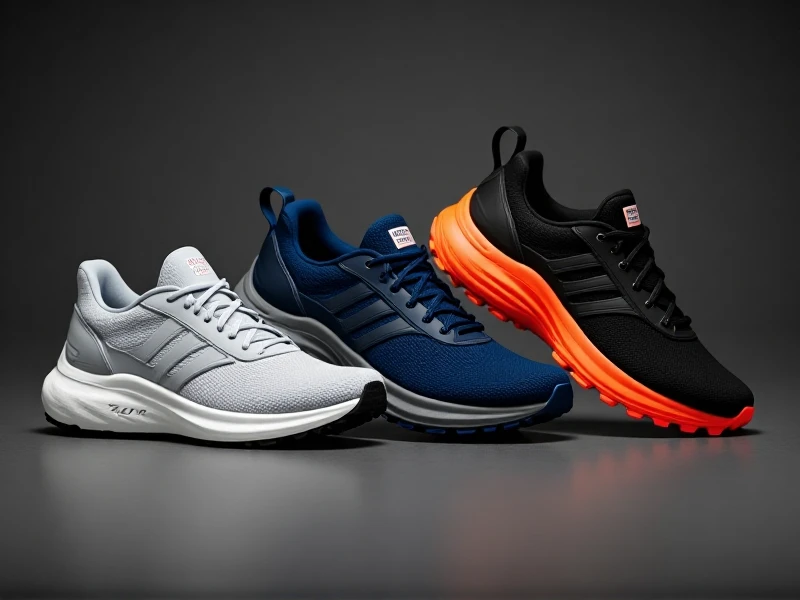
Why Cushion Running Shoes Are Essential for Injury-Free Training
Are your runs leaving you with lingering joint pain, sore shins, or aching feet? Finding the right running shoe can feel overwhelming, but prioritizing cushioning might be your key to comfortable, injury-free miles. Understanding the critical role cushion running shoes play can transform your training experience.
**Beyond Soft Feel: The Science of Support**
Cushion running shoes incorporate specialized midsole foams – technologies like EVA, PU, or innovative compounds like Nike's ZoomX, Brooks' DNA LOFT, or ASICS GEL – designed to absorb the substantial impact forces generated when your foot strikes the ground. This shock absorption isn't just about comfort; it significantly reduces the stress transmitted up your legs to your knees, hips, and lower back. Less stress on your joints and muscles translates directly to a lower risk of common overuse injuries like shin splints, plantar fasciitis, and runner's knee. Think of these midsoles as sophisticated shock absorbers built into your footwear.
**Who Needs Cushioned Running Shoes Most?**
While many runners can benefit from some level of cushioning, these shoes are particularly vital for:
* **Newer Runners:** Your muscles and connective tissues are still building resilience. Extra cushion helps protect them as you increase distance and frequency.
* **Long-Distance Enthusiasts:** Marathon and half-marathon training demands sustained impact absorption over many miles. Premium cushioning helps delay fatigue and maintain form.
* **Runners Prone to Injury or Discomfort:** If you have a history of joint pain (especially knees) or impact-related aches, cushioning becomes a protective necessity.
* **Heavier Runners:** Increased body weight naturally creates higher impact forces. Additional midsole absorption is crucial for joint protection and comfort.
* **Road Warriors:** Concrete and asphalt surfaces are unforgiving. Cushion running shoes mitigate this harshness.
**Choosing Your Ideal Fit**
Selecting the best cushioned running shoe involves more than just picking the softest feel. Consider:
1. **Your Weight:** Heavier runners often need denser cushioning that compresses less dramatically to maintain support.
2. **Foot Strike & Gait:** Pronation (foot roll) matters. Look for cushion models offering stability features if needed, or neutral cushioning for lighter pronation.
3. **The "Feel" Factor:** Test them! Run in store if possible. Desires vary; some prefer ultra-soft "cloud-like" rides (e.g., HOKA Clifton), while others prefer more responsive cushioning (e.g., Saucony Triumph) that retains some rebound.
4. **Mileage Requirements:** Dedicated long-run shoes often feature maximal cushioning (e.g., ASICS Gel-Nimbus), while lighter options (e.g., New Balance 1080v13) offer versatile performance.
**Invest in Your Running Future**
Cushion running shoes are not a luxury; they are fundamental protective gear for most runners. By effectively managing impact forces, they dramatically reduce injury risk and enhance comfort, allowing you to log more enjoyable miles consistently. Your joints and training consistency will thank you for making cushioning a priority in your next pair. Explore top-rated cushioning technologies from leading running brands today – your body deserves the support.
This draft focuses on:
- Natural Keyword Usage: "Cushion running shoes" appears organically in the title, opening, and body text.
- Benefit-Driven: Emphasizes injury prevention and joint health as core reasons to care.
- Value & Expertise: Provides specific scenarios where cushioning is crucial and factors for choosing.
- Clear Structure: Uses headings, bullet points, and concise paragraphs for easy reading.
- Actionable Conclusion: Encourages exploration of the technology.
- No AI Mentions: Written as direct advice from an authority.
2025-09-05